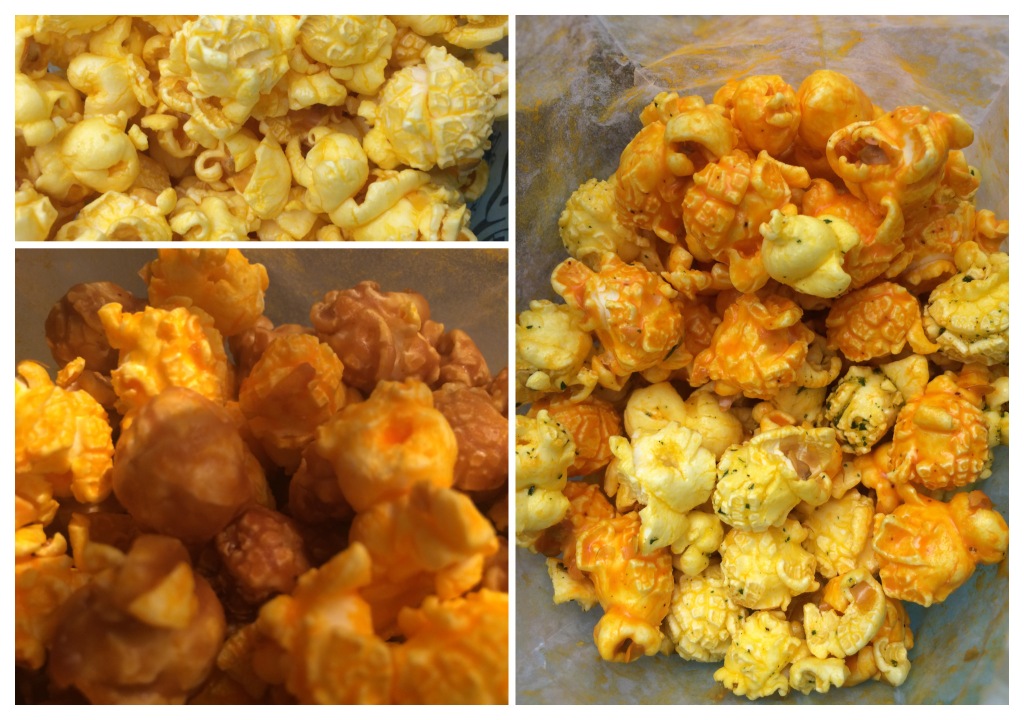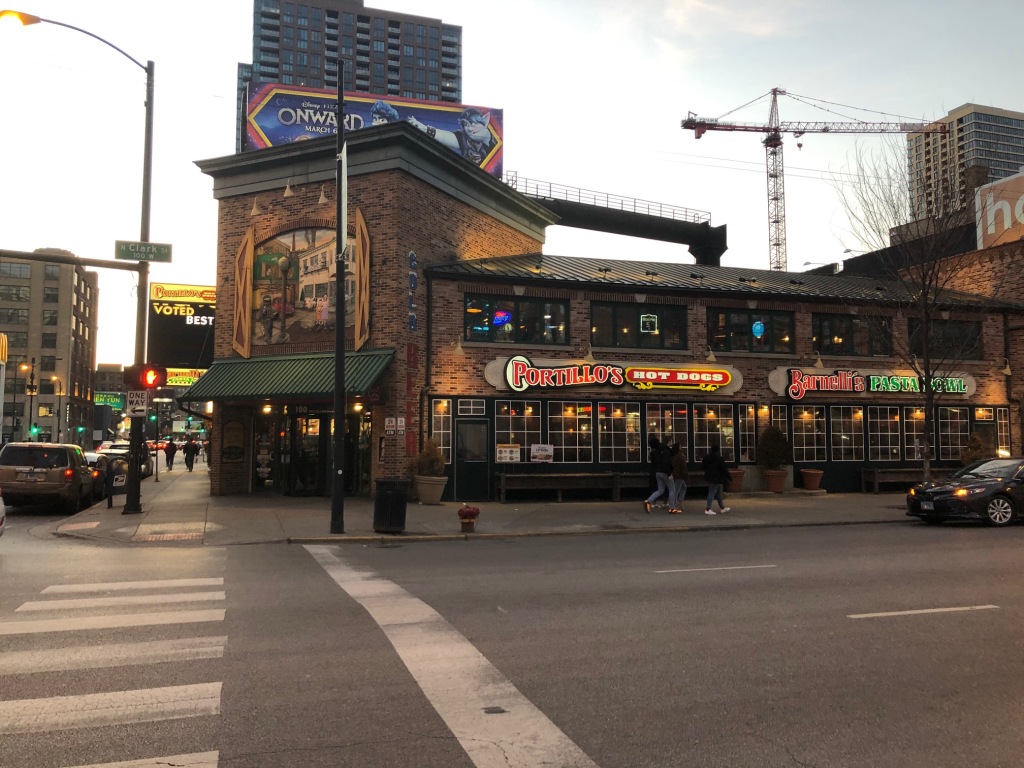On first glance, popcorn does not seem to have much in common with Chicago. However, a deeper dive lets us see Chicago is really the perfect place to have a popcorn mecca, if there ever could be one.
Corn, or maize, is a New World crop which even today paints the breadbasket of the United States into fields of gold. Therefore, it makes sense that some Native American tribes would have legends explaining what happened when some dried kernels became hot and exploded into white puffs. The most prominent legend states that these corn kernels contained souls of gods. When they became heated, they would become angry. If the temperature continued to rise, so too would their anger, until it became unbearable and they would pop!
Today, we now know corn is actually a grass and the kernels are seeds. Some specific strains of corn are cultivated specifically to be harvested, dried, and sold as kernels for popcorn. The kernels pop because they contain some moisture, which turns into steam as they are heated. Steam is a gas, which means the molecules move faster than they do in a liquid phase and therefore require more room. In need of expanding, these molecules press against the carapace of the kernel until the force of the steam pushing out is greater than the force pushing back. Pop! The kernel explodes.
In 1948 and 1950, during an excavation of a site in New Mexico, anthropologist Herbert Dick and botanist, Earle Smith found evidence of multiple popcorn species which were carbon dated to be about 5,600 years old. Some of the kernels were so well preserved they could still pop. Dick and Smith even heated a couple in oil to prove it.
Chicago itself has a long history in popcorn, not just because it is the largest city in the United States’ breadbasket. Charles Cretors, a Chicago native, was the first to invent a popcorn machine in 1885. A few years later, in 1893 (in time for that infamous Chicago World’s Fair), Cretors also invented a steam-powered corn-popper and peanut roaster.
This probably worked out perfectly for two German immigrant brothers, Frederick and Louis Rueckheim. They brought their molasses covered popcorn to the Chicago World’s Fair in 1893 as well. This treat wasn’t as popular because the molasses made the popcorn too sticky to enjoy. However, the brothers persisted feeling their molasses, popcorn, and peanut treat would delight with a few improvements. Delight it did, as eventually this snack came to be known as Cracker Jack, whose recipe has only changed once since 1896 (and remained a trade secret the whole while).
Coming out of the Great Depression in 1949, the most notable Chicago popcorn brand, Garrett’s, was founded. As I sit here trying (and failing miserably) to make my last bag of Garrett’s popcorn last a little longer from my trip to Chicago, I can attest to their wholesome sweet and salty “Garrett’s Mix.” All their popcorn flavors are good. My husband believes butter is the far superior flavor.

The founders, Claude and Gladys Garrett, founded this gem just as popcorn POPularity (cheesy…okay, silly puns done for now) was on the rise. It was during the mid-twentieth century that popcorn became synonymous with television and movie watching. Even during the early years, people would form lines around the block and down the street just to get a bag of Garrett’s air-popped popcorn.
It was noticed that customers were buying one bag of the CheeseCorn and one bag of the caramel corn (Caramel Crisp®) and mixing them. Garrett’s began doing this themselves and the “Chicago Mix” was born. The lines outside still never dwindle.

Little did they know this would eventually turn into a lawsuit. In 1992, a St. Paul, Minnesota-based company, Candyland Inc. filed for a trademark on the name, “Chicago Mix.” Despite many companies using the cheddar cheese and caramel corn mixture as the infamous Chicago Mix, Candyland uses and trademarked a different popcorn mixture (Cheese, Caramel, and Seasoned). Candyland business owner states that they wanted to market the mix after a big-city name to draw attention to the product. I am here to tell you this company protects their trademark viciously and have threatened lawsuit after lawsuit to all the other companies using the name “Chicago Mix” for any reason. Garrett’s hung on to the “Chicago Mix” name on its website. Eventually, however, Garrett’s moved into a more “ownable ‘Garrett Mix’” name. A Garrett spokesman told the Tribune, “this transition began prior to any lawsuit due to countless brands now using the Chicago Mix name on what Garrett Popcorn Shops feels is a product vastly inferior to ours.” If that’s not a classy burn, I don’t know what is.
But, Chicagoans love traditions and the “old ways.” Much like the Willis Tower is still the Sears Tower, if you wait in the long line and finally reach the counter only to ask for a “Chicago Mix,” those wonderful people will know exactly what you want.
And in case you were wondering, Garrett’s does ship all across the United States and Canada (no other countries due to their preservative-free recipe). Thank goodness because this bag is almost out.







